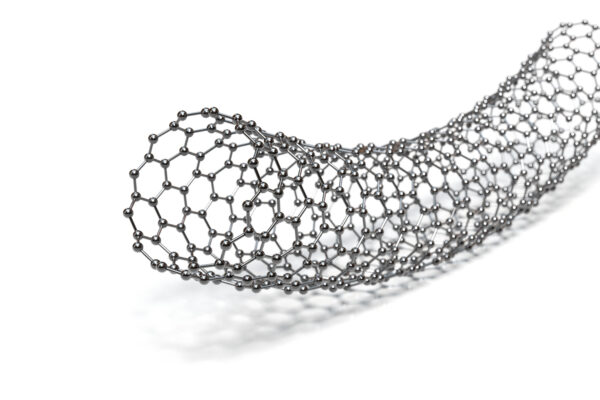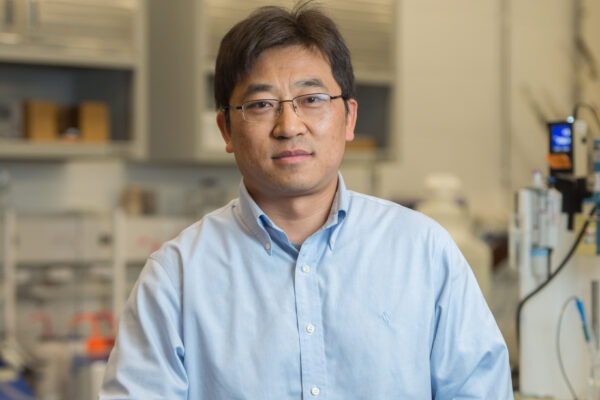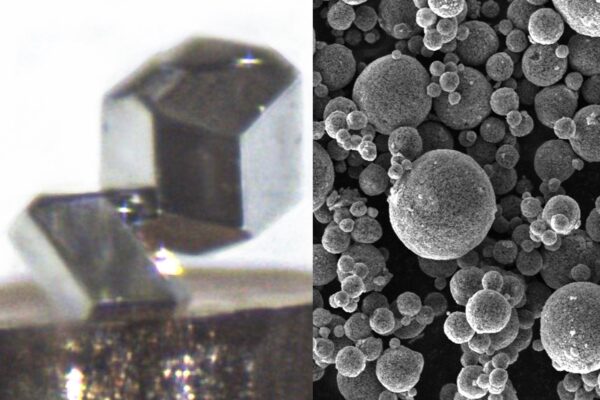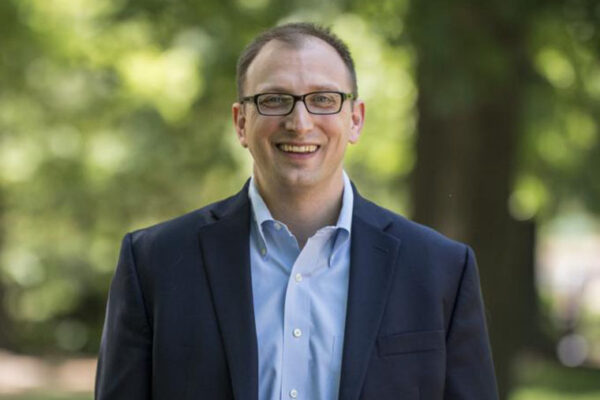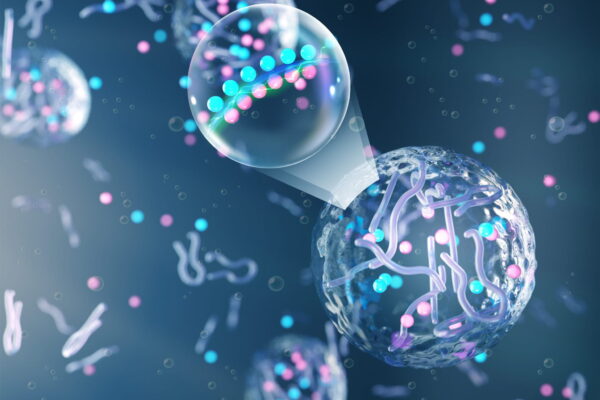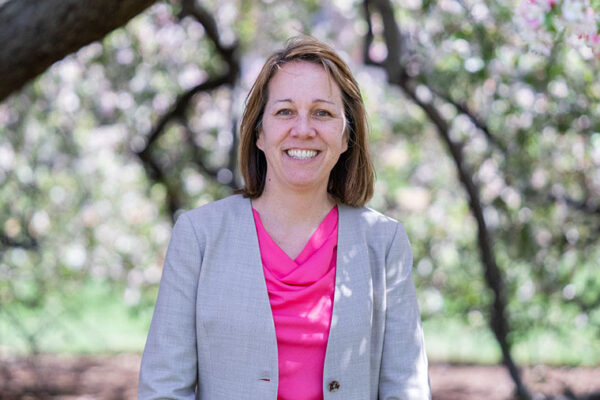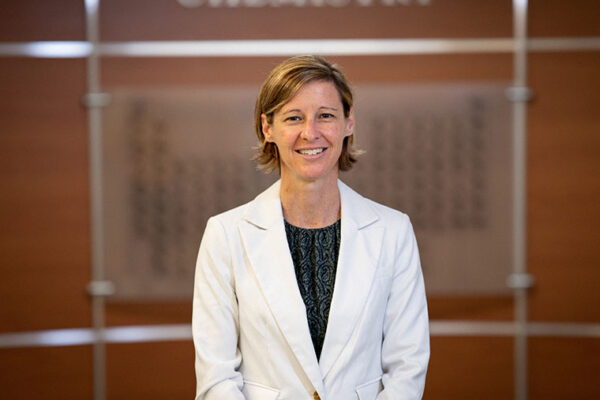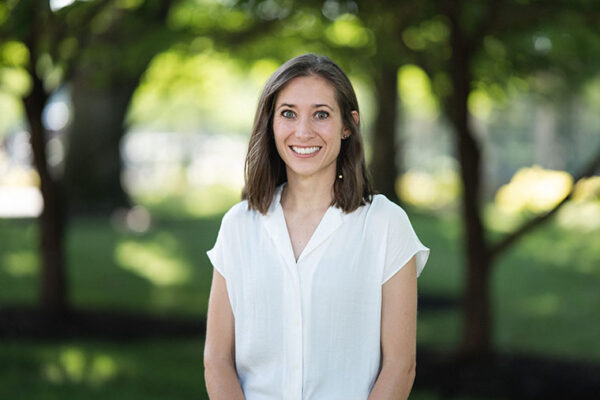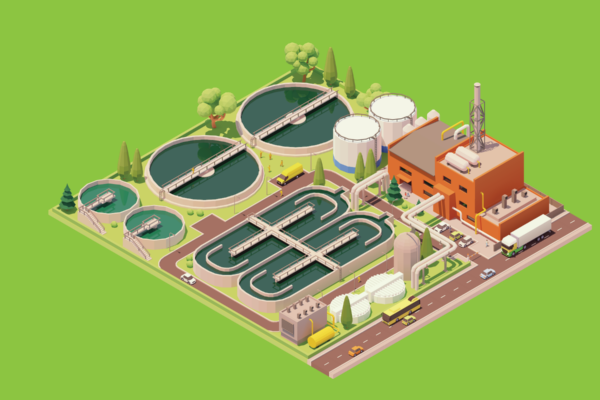Converting CO2 to solid carbon yields benefits for batteries
A Washington University researcher has received a $1.5 million grant from the Department of Energy to convert carbon dioxide into carbon nanotubes that could be used in lithium-ion batteries.
Wu awarded energy technology award
Gang Wu, an electrochemist at Washington University in St. Louis, has won a research award from the Electrochemical Society.
Beyond lithium: Sodium-based batteries may power the future
Peng Bai, a researcher at Washington University, has received a National Science Foundation grant to expand his work in sodium-based batteries.
Wencewicz wins American Chemical Society Award
Timothy Wencewicz, an associate professor of chemistry in Arts & Sciences at WashU, is the winner of the American Chemical Society’s Saint Louis Award. Wencewicz’s research focuses on drug discovery to address the antibiotic resistance crisis.
Understudied protein blobs have big effect on cellular function
Researchers from WashU and Duke University have shown that the formation of biological condensates affects cellular activity far beyond their immediate vicinity.
WashU scientists uncover hidden source of snow melt: dark brown carbon
Researchers at the McKelvey School of Engineering are the first to quantify the effect of dark brown carbon on snow melt.
National Academies report highlights high magnetic field science
Sophia Hayes, in Arts & Sciences, co-authored a study on strategic directions guiding high magnetic field science with pursuits in chemistry, medical MRI, low-temperature physics, superconducting materials and fusion. Challenges to the helium supply figured prominently throughout.
Heemstra speaks about elevating scientific discovery at chemistry meeting
Jennifer M. Heemstra, the Charles Allen Thomas Professor of Chemistry and chair of chemistry in Arts & Sciences at WashU, delivered a keynote address at the American Chemistry Society fall meeting in Denver.
Reichhardt wins NIH MIRA award
Courtney Reichhardt, an assistant professor of chemistry in Arts & Sciences, has been awarded a prestigious Maximizing Investigators’ Research Award from the National Institutes of Health (NIH) to pursue several projects on fibrillar adhesins, the proteins bacteria use to stick to each other and surfaces.
Rethinking the waste in water
Young-Shin Jun and her team at the McKelvey School of Engineering see untapped resources in the chemical compounds in highly saline wastewater.
Older Stories
